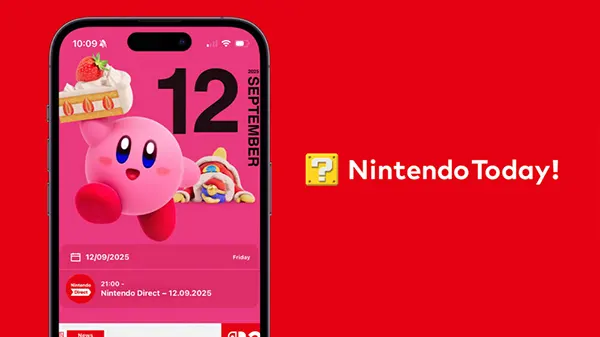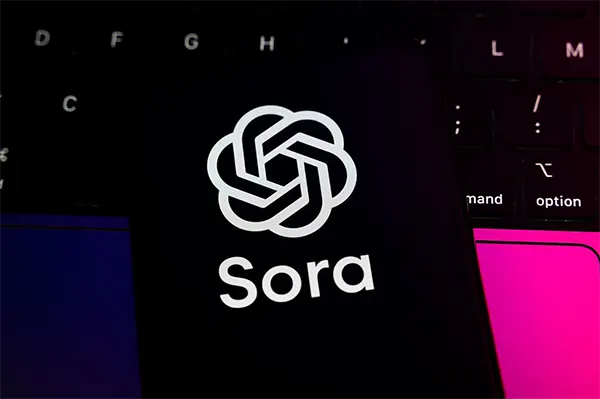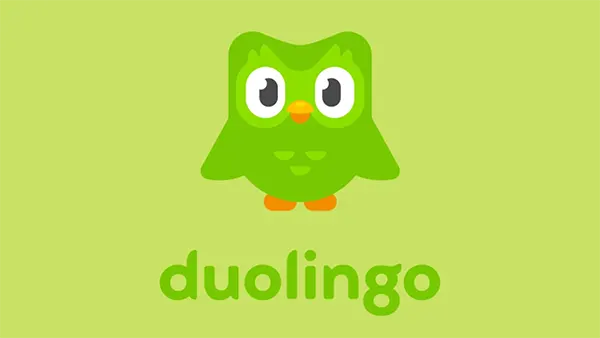
Top 3 Social Media Platforms for Your Mobile
Navigating the realm of social media can be overwhelming with numerous platforms vying for your attention. However, three stand out in their functionality, user engagement, and overall impact: YouTube, Facebook, and Instagram. This article delves into these top social media platforms, providing insights into how they operate, what they are used for, and why they are essential for your mobile experience.
Understanding Social Media: How They Work and Their Uses
Social media platforms serve as virtual communities where users create, share, and exchange information, ideas, and multimedia content. They function through various algorithms that curate content to user preferences, enhancing engagement and retention. These platforms are pivotal for communication, entertainment, marketing, and information dissemination. Businesses leverage social media for brand awareness, customer engagement, and sales, while individuals use them for networking, entertainment, and staying updated with current trends.
Each platform has its unique features and audience. For instance, YouTube excels in video content, Facebook in community building, and Instagram in visual storytelling. Understanding these nuances helps users and businesses maximize their social media presence and achieve their objectives effectively.
YouTube: The Video Giant
YouTube, a subsidiary of Google, is the world’s largest video-sharing platform. Launched in 2005, it allows users to upload, view, and share videos. YouTube’s algorithm recommends content based on user behavior, ensuring personalized viewing experiences. With over 2 billion logged-in monthly users, YouTube is a powerhouse for entertainment, education, and marketing.
Content creators, or YouTubers, produce videos ranging from tutorials and reviews to vlogs and documentaries. The platform’s monetization options, such as ad revenue, channel memberships, and Super Chat, provide lucrative opportunities for creators. Businesses use YouTube for advertisements, product demonstrations, and brand storytelling, reaching a vast and engaged audience.
YouTube’s mobile app offers a seamless viewing experience, with features like offline downloads and background play, enhancing user convenience. Its integration with Google services further amplifies its functionality, making YouTube an indispensable tool for mobile users seeking diverse and engaging video content.
Facebook: The Community Hub
Facebook, established in 2004 by Mark Zuckerberg, is a social networking giant with over 2.8 billion monthly active users. It serves as a comprehensive platform for connecting with friends and family, joining communities, and discovering events. Facebook’s News Feed algorithm prioritizes content from users’ connections and interests, fostering a personalized social experience.
The platform supports various content types, including text posts, photos, videos, and live streams. Facebook Groups and Pages are crucial for community building, enabling users to interact around shared interests. Businesses utilize Facebook for marketing through targeted ads, which leverage extensive user data to reach specific demographics.
Facebook’s mobile app integrates features like Messenger for instant communication, Marketplace for local buying and selling, and Stories for ephemeral content. These functionalities make it a versatile tool for both personal and professional use, keeping users engaged and connected on the go.
The platform’s continuous innovation, such as integrating augmented reality (AR) and virtual reality (VR), ensures it remains at the forefront of social media trends, making it a vital component of the mobile social media landscape.
Instagram: The Visual Storyteller
Instagram, launched in 2010 and acquired by Facebook in 2012, is a visual-centric platform known for its photo and video sharing capabilities. With over 1 billion monthly active users, Instagram is a favorite among millennials and Gen Z. The platform’s algorithm curates content based on user interactions, ensuring a tailored visual experience.
Instagram’s features include Stories, Reels, IGTV, and Shopping, offering diverse content formats. Stories allow users to share fleeting moments, Reels provide short-form video entertainment, IGTV supports longer videos, and Shopping enables in-app purchases. These features cater to various user needs, from casual sharing to serious content creation and e-commerce.
The mobile app’s intuitive interface enhances user experience, promoting easy content creation and interaction. Instagram’s emphasis on aesthetics and creativity makes it ideal for personal branding and influencer marketing. Brands collaborate with influencers to reach targeted audiences through sponsored posts and affiliate marketing, leveraging Instagram’s visual appeal.

Why These Platforms Are Increasingly Popular
The rising popularity of YouTube, Facebook, and Instagram can be attributed to their continuous innovation and adaptation to user preferences. They offer robust mobile experiences, with features designed to maximize user engagement and satisfaction. The integration of advanced technologies, such as AI-driven content recommendations and AR enhancements, keeps these platforms relevant and appealing.
Additionally, their role in digital marketing is pivotal. Businesses recognize the value of these platforms in reaching a broad audience, engaging customers, and driving sales. The ease of creating and sharing content on mobile devices further fuels their popularity, making them indispensable tools in today’s digital age.
In conclusion, YouTube, Facebook, and Instagram stand out as the top social media platforms for mobile users. Their unique features, extensive user base, and continuous innovation make them essential for both personal and professional use. As they evolve, they will continue to shape the landscape of social media, offering unparalleled opportunities for connection, entertainment, and marketing.




